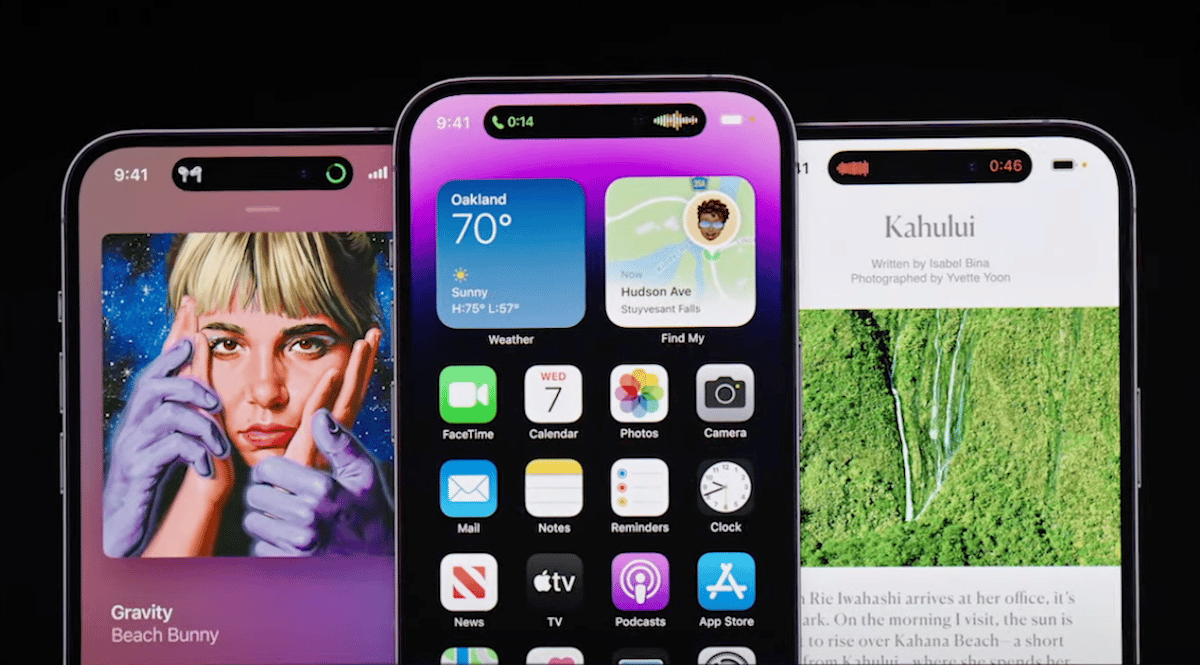Apple is not planning to drastically change the size of the Dynamic Island on its upcoming iPhone 17 series, according to a new report from TF International Securities analyst Ming-Chi Kuo.
In a post on X, Kuo stated, “I expect the Dynamic Island size to remain largely unchanged across the 2H25 iPhone 17 series.” This prediction contradicts an earlier report from Haitong Intl Tech Research analyst Jeff Pu, who claimed that the iPhone 17 Pro Max would utilize MetaLens technology for Face ID. The technology, which incorporates flat, ultra-thin lenses with microscopic structures capable of focusing light more precisely than traditional curved lenses, was predicted to enhance Face ID accuracy and speed while significantly narrowing the Pro Max’s Dynamic Island.

The iPhone 17 series will reportedly include four variants: the standard iPhone 17, iPhone 17 Pro, iPhone 17 Pro Max, and a new ultra-slim ‘iPhone 17 Air.’ Each model is expected to feature Apple’s cutting-edge A19 chipset, with the Pro models equipped with an enhanced A19 Pro N3P for superior performance. While previous rumors suggested that Apple’s adoption of MetaLens technology might reduce the size of the Dynamic Island, Kuo’s latest statement suggests otherwise. His use of the term “largely unchanged” implies that while some minor adjustments may be possible, the overall size of the Dynamic Island will remain consistent with the current design.
Apple first introduced the Dynamic Island with the iPhone 14 Pro models in 2022 as an alternative to the notch, integrating functionality with a more streamlined design. Since its debut, the Dynamic Island has remained largely the same, although rumors have persisted that Apple aims to reduce its size further or even eliminate it altogether by embedding Face ID and the front camera under the display. However, these changes are unlikely to materialize with the iPhone 17 series.
Jeff Pu’s earlier claims about MetaLens technology focused specifically on the iPhone 17 Pro Max, suggesting a much narrower Dynamic Island for this variant due to advancements in sensor size and placement. According to Pu, the new metalens technology would allow Apple to reduce the size of the cutout, providing users with additional screen real estate while maintaining Face ID functionality. In contrast, Kuo’s latest report downplays these expectations, indicating that hardware limitations or other design priorities may prevent Apple from implementing such changes at this stage.
Outside of the Dynamic Island, the iPhone 17 lineup is expected to bring other notable changes, including a redesigned horizontal camera array and the introduction of the ultra-slim ‘iPhone 17 Air.’ This new model is rumored to feature Apple’s first major chassis redesign in years, with a thickness potentially falling below 6mm. Additionally, Apple is expected to debut its custom 5G modem with the iPhone 17 Air. Although initial performance may be subpar compared to established competitors like Qualcomm, Apple’s track record with the M series of chips suggests the modem’s capabilities will improve over time.
Apple is expected to unveil the iPhone 17 lineup this September, and as the launch date approaches, more details will likely emerge about these highly anticipated devices.



